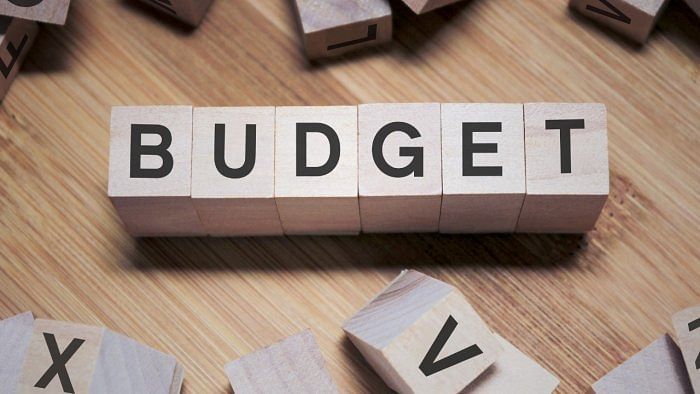
Economic growth projections and the fiscal deficit-reduction plans outlined in India’s latest budget should not lead to any significant change in the country’s sovereign credit profile, Fitch Ratings said on Friday. However, Asia’s third-largest economy’s fiscal targets are vulnerable to commodity price surges and political spending pressures ahead of the 2024 general elections.
In the Union Budget presented in parliament on Feb 1, Finance Minister Nirmala Sitharaman proposed to bring down the fiscal deficit to 5.9 per cent of GDP in 2023-24 and lower it further to below 4.5 per cent by 2025-26 as compared to 6.4 per cent in the current financial year.
“The budget’s forecasts are broadly consistent with our prior assumptions, so should not significantly change our view of the sovereign’s credit profile. However, the slow fiscal consolidation process in the wake of the Covid-19 pandemic could leave the public finances exposed in the event of further major economic shocks,” the ratings agency said in a report.
The government’s fiscal targets are based on real GDP growth assumption of 6.5 per cent for the financial year 2023-24. This is higher than Fitch Ratings forecast of 6.2 per cent. However, the government’s nominal GDP growth estimate of 10.5 per cent for the fiscal beginning April 2023 is in line with the rating agency’s projections.
The budget’s nominal economic growth and revenue assumptions are credible, although risks remain tilted to the downside in light of the uncertain global outlook, Fitch said.
“We still believe it will be challenging for the government to achieve its 4.5 per cent of GDP deficit target by FY26. This would require accelerated fiscal consolidation in FY25-FY26,” it said.
India’s fiscal deficit has moderated after reaching a high of 9.2 per cent during the pandemic year 2020-21. In 2021-22, it declined to 6.7 per cent and is projected to fall to 6.4 per cent in the financial year ending March 2023.
According to Fitch, India’s government debt-to-GDP ratio is likely to stabilise at around 82 per cent over the next five years. In the pandemic year 2020-21 India’s debt-to-GDP ratio jumped to 89.6 per cent. It is estimated to fall to 84.5 per cent in 2021-22. Fast economic growth will be key to the stabilisation of the debt ratio in the absence of swifter deficit reduction.
In December, Fitch affirmed India's Long-Term Foreign-Currency Issuer Default Rating (IDR) at 'BBB-' with a stable outlook. “We expect India’s fiscal deficits and government debt/GDP to remain well above the median level for sovereigns in the ‘BBB’ rating band in the period to FY26,” Fitch said.
The drawn-out nature of India’s consolidation means that debt stabilisation could easily reverse if shocks force the government to loosen fiscal policy sharply. Another commodity-price surge, for example, could push up the government’s subsidy bill.
Near-term fiscal targets could also be vulnerable if political spending pressures increase as the general election in May 2024 approaches, if the government’s borrowing costs rise beyond our expectations, or if the global economy weakens by more than we assume this year, the rating agency said.